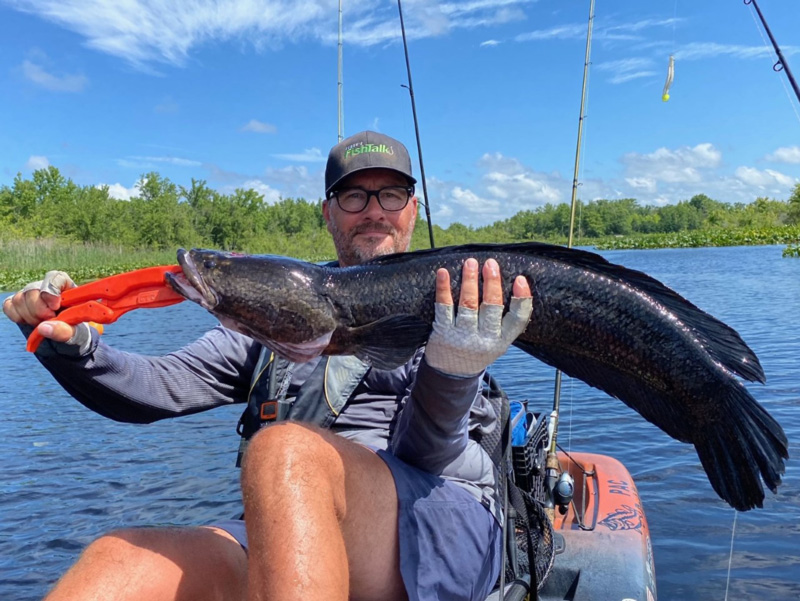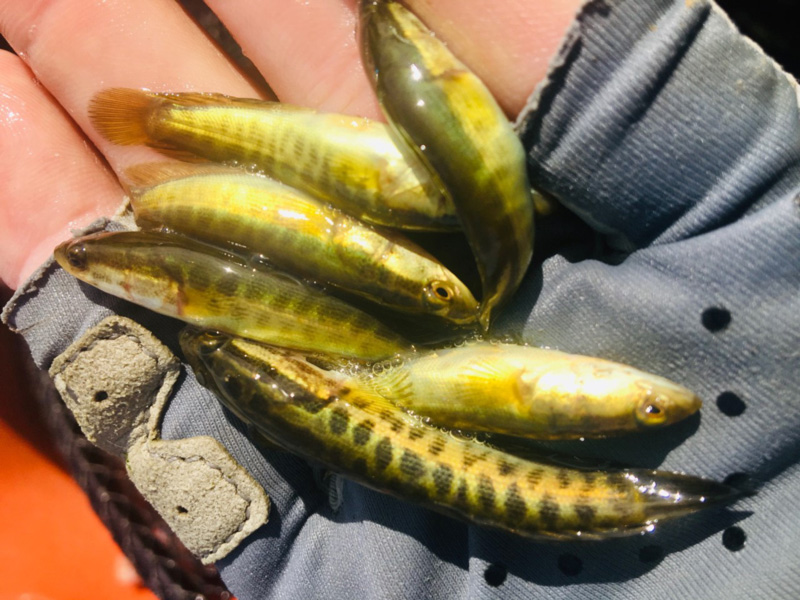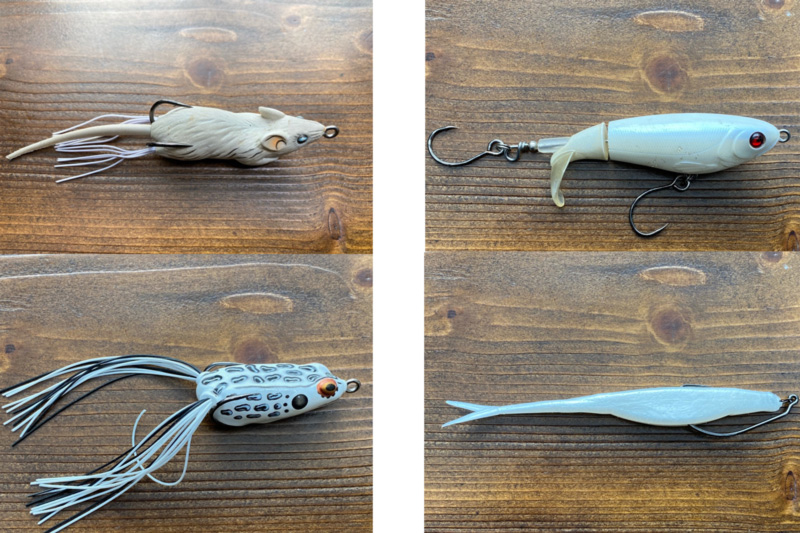It’s early July and I’m snakehead fishing the Blackwater in Dorchester County, MD, with my friend Julian. We set out to catch a few snakeheads to take home for dinner and launch our kayaks a little after 7 a.m. under a bluebird sky, with few clouds forecast to block the hot summer sun and the temperature already 82 degrees. Typical summer fishing conditions, here in the Mid-Atlantic region.

Northern snakehead are a very hardy fish and can live in a wide range of environmental conditions. They prefer stagnant, shallow water with mud bottoms and aquatic vegetation. That doesn’t mean you won’t find them in other types of ecosystems, but it will be slightly harder to catch them because there will be fewer fish around. In the Blackwater Refuge waters, for example, you will find large bodies of open water with the upper reaches of its coves and feeder creeks being shallower. With muddy bottoms strewn with lily pads, this is a perfect home for a snakehead.
As Julian and I set off in pursuit of some dinner, we knew that the fish had just spawned or were still in their spawn. Snakehead spawn on and off between May and July. They reach sexual maturity at two to three years of age, somewhere between 11 and 13 inches in length. Their nests are circular in shape, nearly 40 inches in diameter, and in water from two- to slightly over three-feet-deep. They will clear any vegetation above their nest. Both parents will protect and stay with the fry for about four weeks after the hatch.
We could hear and see them actively jumping about. A takeaway here: these fish are very active during their spawn. You can pretty much sight cast to the fish when you see surface action. Take for example the second fish I caught this day. I was casting a white chatterbait, saw a fish swirl no more then 20 feet from the boat, took a cast slightly past the swirl, let my bait sink to the count of two (accounting for the two-foot depth), then started my retrieve — and the fish slammed my bait. It measured in at 33 inches, most likely seven or eight years of age.
What you will see during the post spawn is the tell tail sign of small bubbles from the fry, just below the surface. As the school moves about you will see the bubbles moving with them. As mentioned before, both parents stay with and protect the fry, and they are very protective and aggressive. This opens up the opportunity to catch two fish off the fry ball, and on snakehead fishing trips I have done just that. I will cast a topwater frog beyond the bubbles and then slowly retrieve the frog in a steady, purposed cadence. If that fails to generate a strike, I will repeat the cast but this time retrieve the bait in a walk-the-dog pattern.

The first fish I caught on this midsummer day was a 31-inch female near the edge of an opening in the lily pads. I had cast a white Whopper Plopper into the opening, letting the bait settle down, then I started the retrieve, slow and steady, being sure to skirt along the edge of the pads. Times like these are when you’ll see the fish waking towards the bait and you’ll be thinking “Wait for it!”
We already talked about fish number two, but the third of the day was a slightly smaller 27-inch fish. It was caught along the shoreline feeding on minnows it had forced into the grasses that lined the bank, another common occurrence at this time of year. I had cast a white fluke, rigged weedless on a weightless hook. This is an easy and quick method to work a shoreline, casting the bait right up on the shore and dragging it off into the water. This will at times generate a strike as the bait enters the water. You can also use this type of bait (or a four-inch paddle-tail) to fish parallel to and along grass beds and lily pad fields. With this set-up you can work the bait in very shallow water, starting the retrieve once the bait hits the water. You can fish it at a fairly slow speed, keeping it just under or at the water’s surface, generating a wake off the bait. This will normally entice an aggressive strike.
A few of my favorite baits to target northern snakehead are chatterbaits, topwater frogs and mice, Whopper Ploppers, and that weedless-rigged fluke or paddle-tail. I prefer to use white baits for snakehead and although most colors will work, my first choice will always be white. I also prefer to use baits that are on the smaller size. I have found that fewer fish miss on the strike using a smaller bait, although snakeheads are known to eat prey one-third their body length.

During midsummer, in the early part of the day it’s often effective to start by fishing along the edges of lily pads or grass beds with a chatterbait or fluke/paddle tail. As the day progresses and the shallows heat up move to shallower water and work the shoreline with a fluke/paddle tail rigged on a non-weighted weedless rig, and also hit openings in lily pad fields with topwater baits. By midday you will find that the fish have moved up in the grasses, sometimes in locations where you can hear them and can see the grasses swaying but cannot reach them.
Also remember that tide counts. In tidal waters these fish will move with the tide as far up in the shallows as they can go to feed, making it very difficult to reach them. Fishing on a falling tide as they transition back to deeper areas can be a good bet.
My final suggestion, when the snakeheads are deep enough to do so, fish a large bull minnow under a bobber, as this will usually generate a bite. My friend Zach will normally drag a minnow behind his kayak as he casts a second line, to help keep the skunk away from his day of snakehead fishing.
Finial thought: snakehead are voracious predators that prefer to eat other fish over anything else. Using baits that imitate their preferred meal is another key to catching more snakehead.
-By Eric Packard